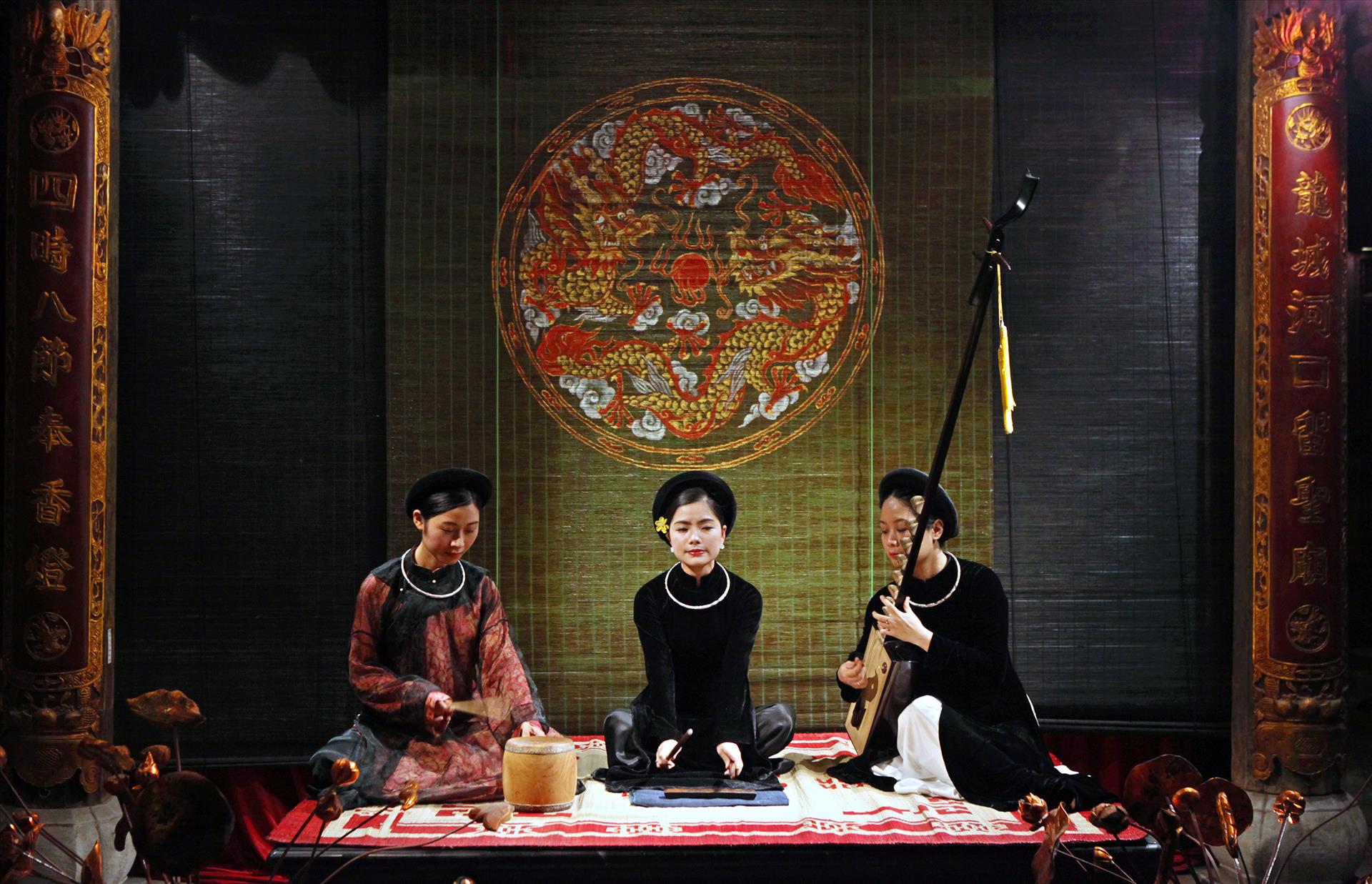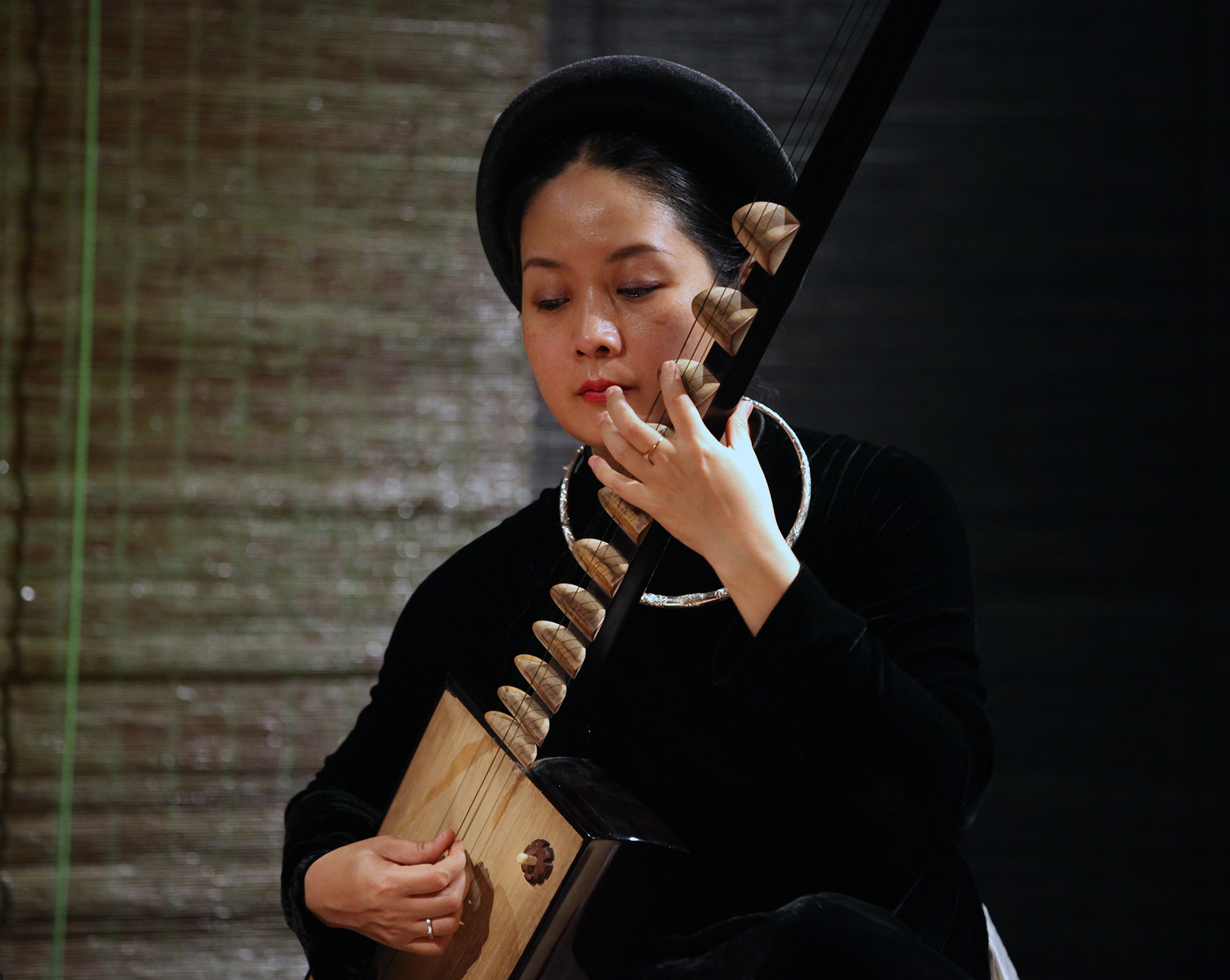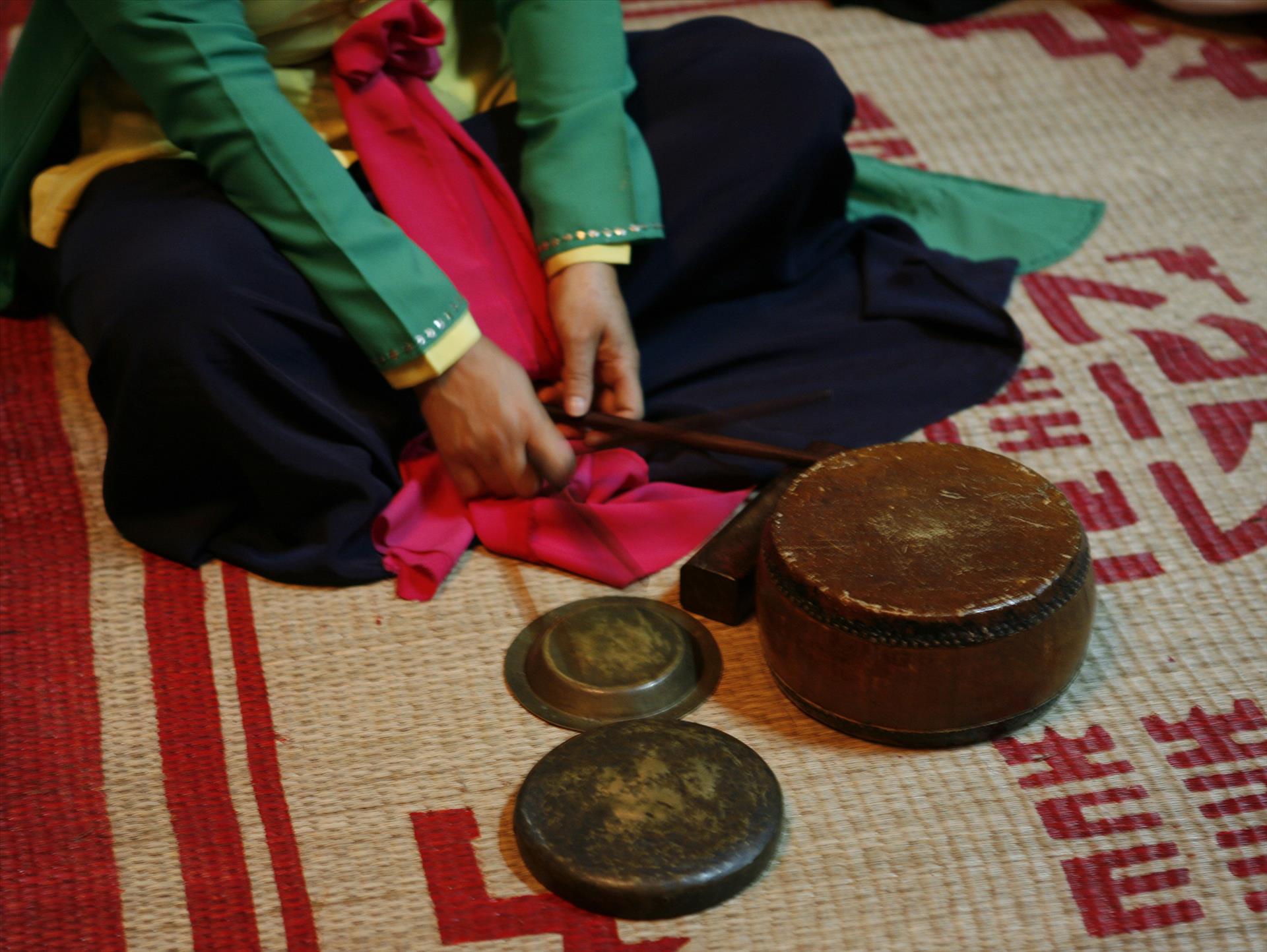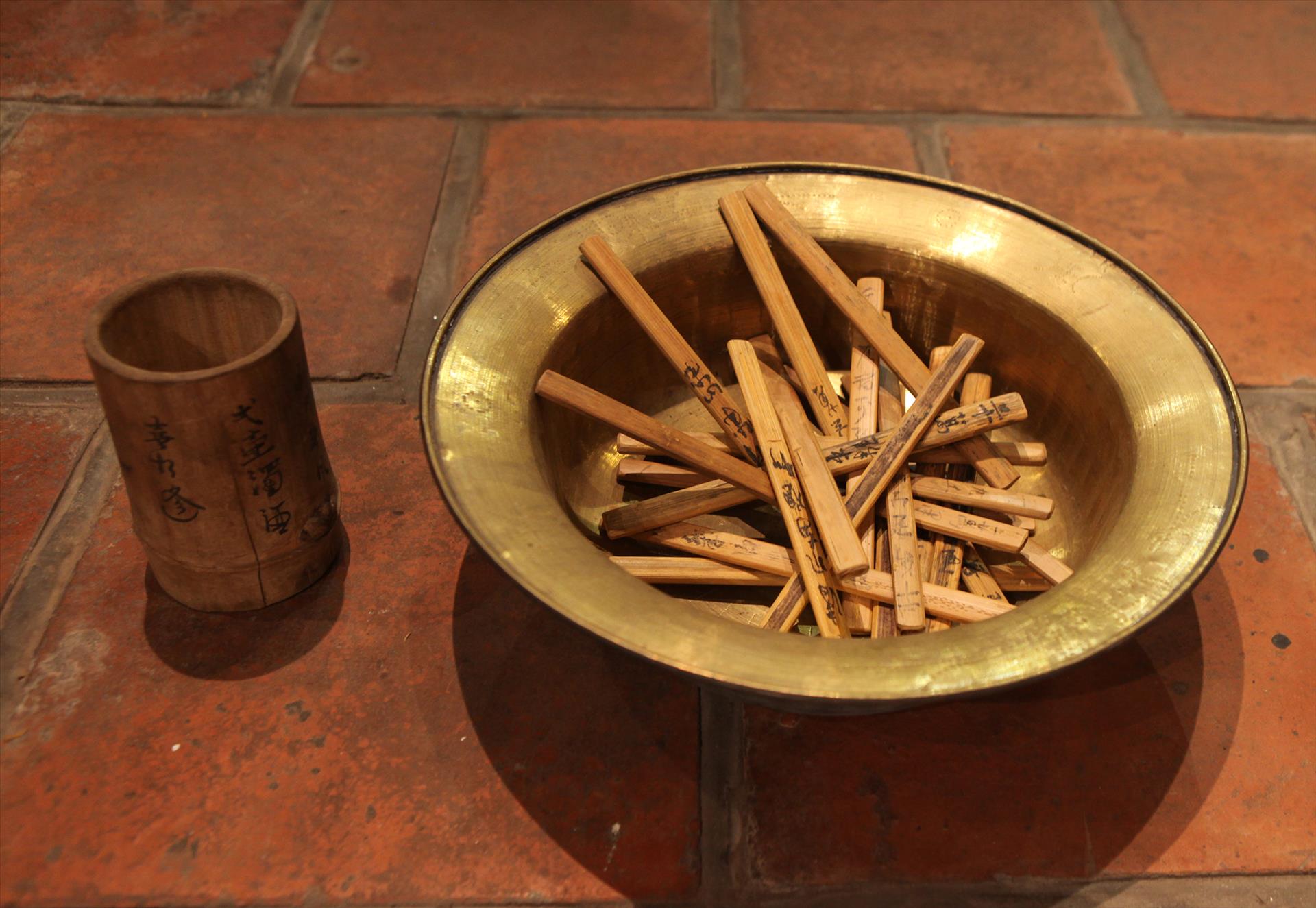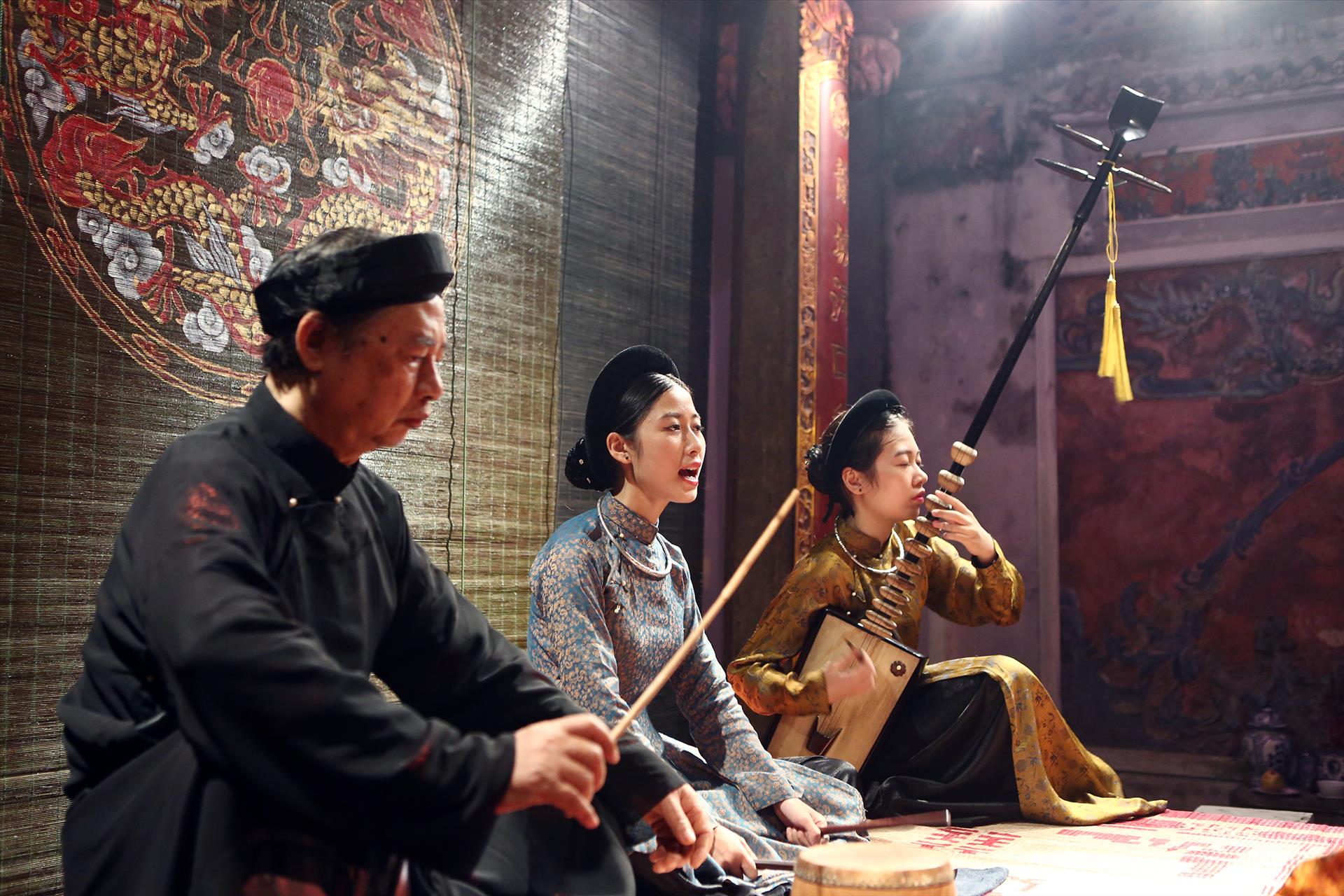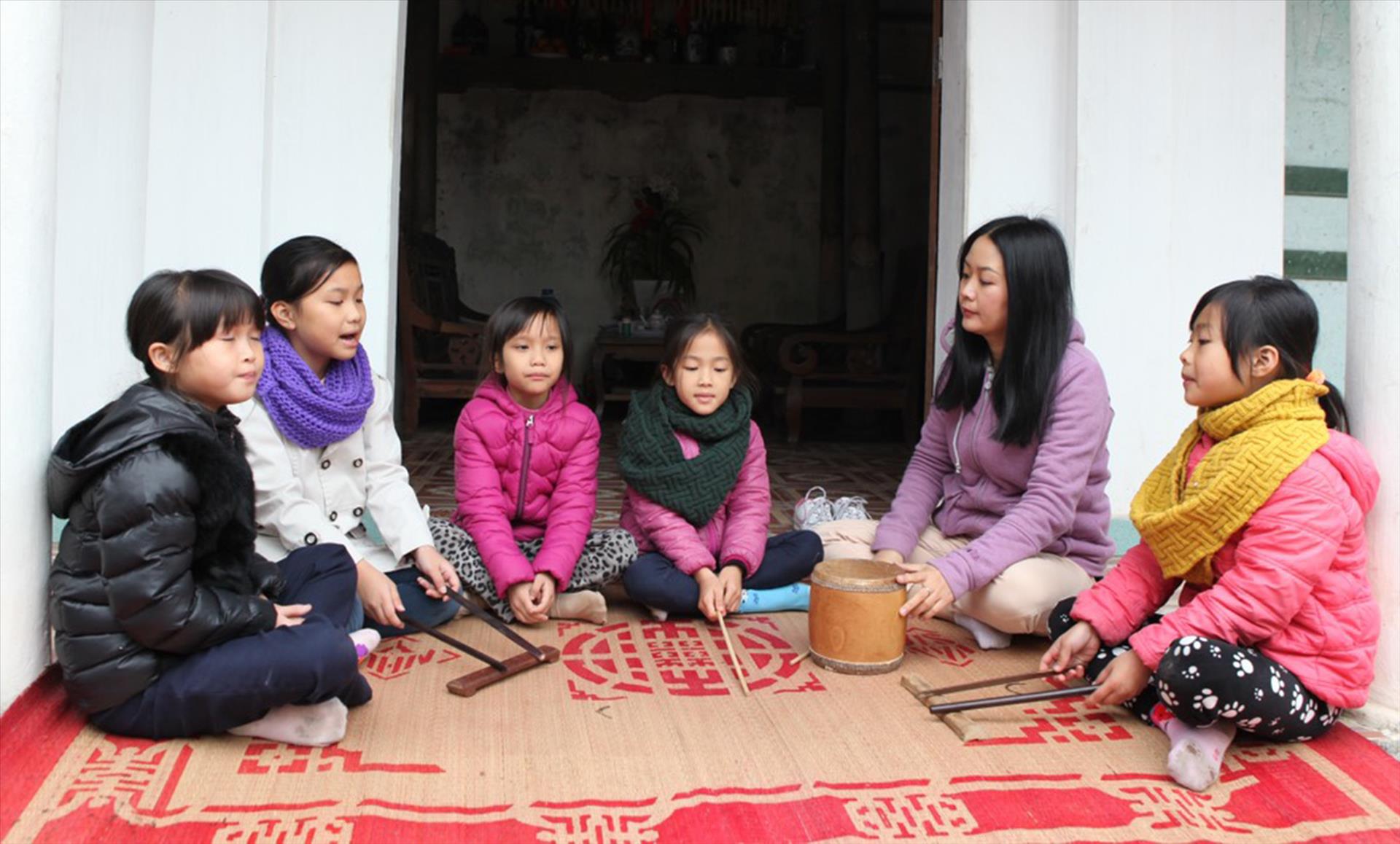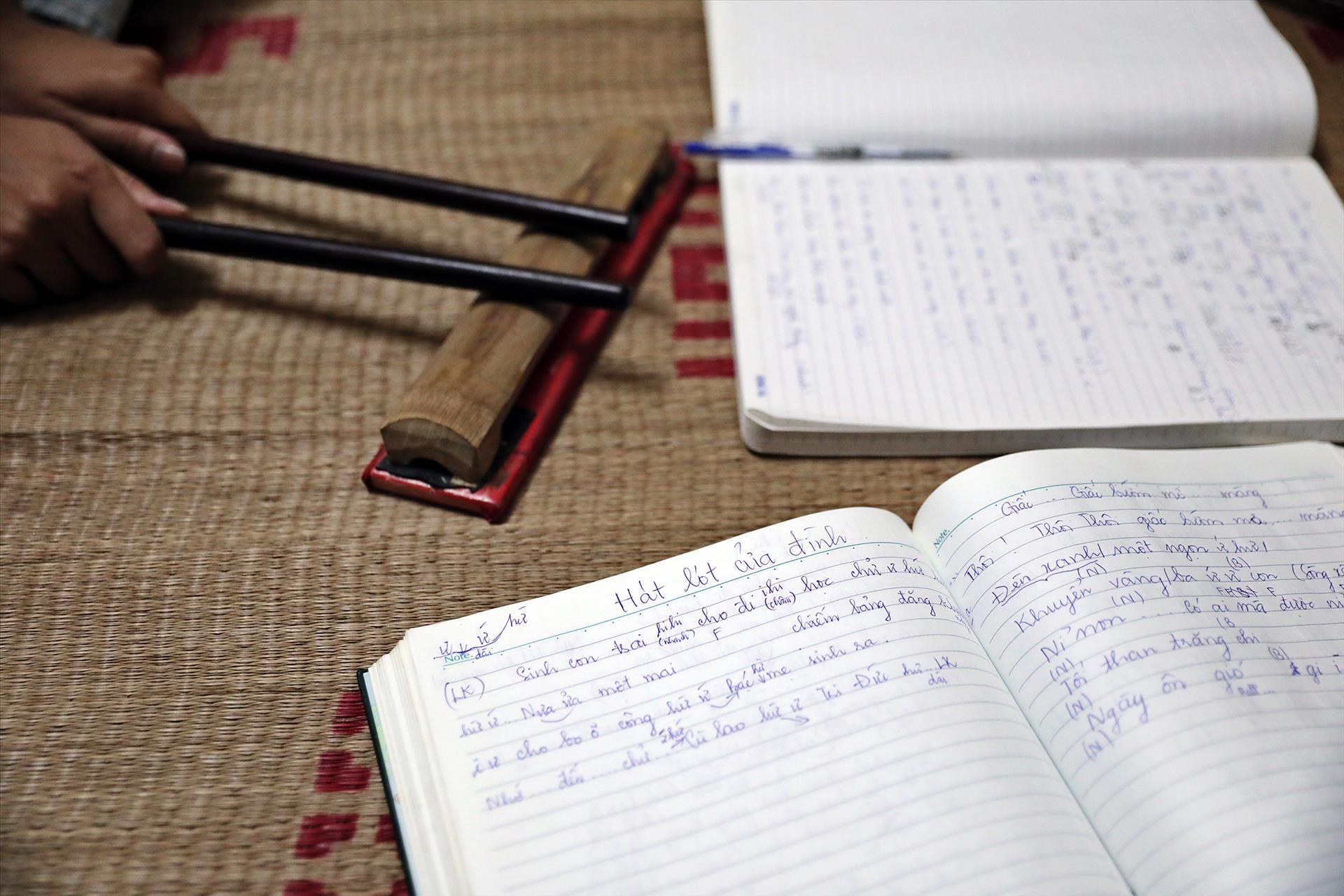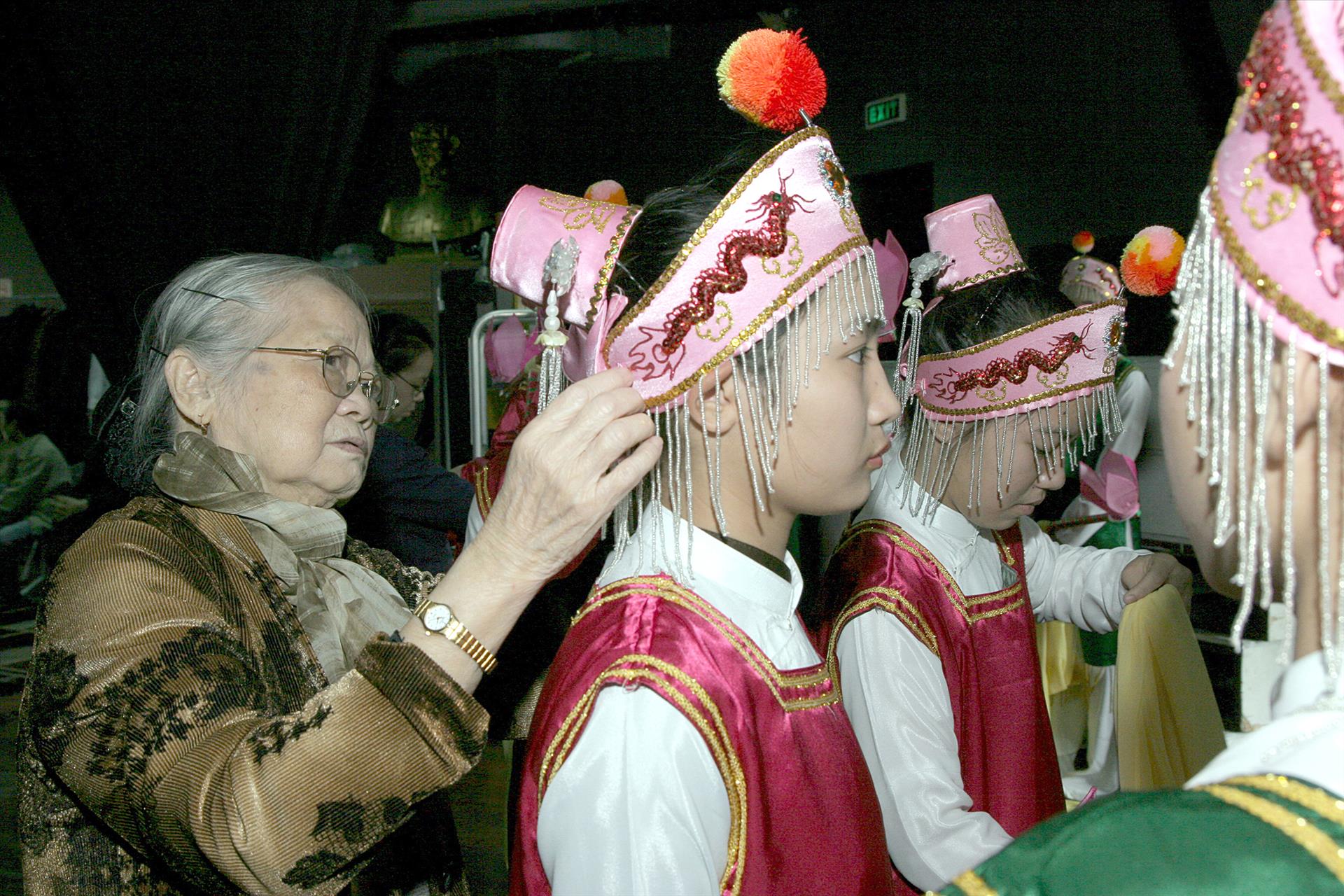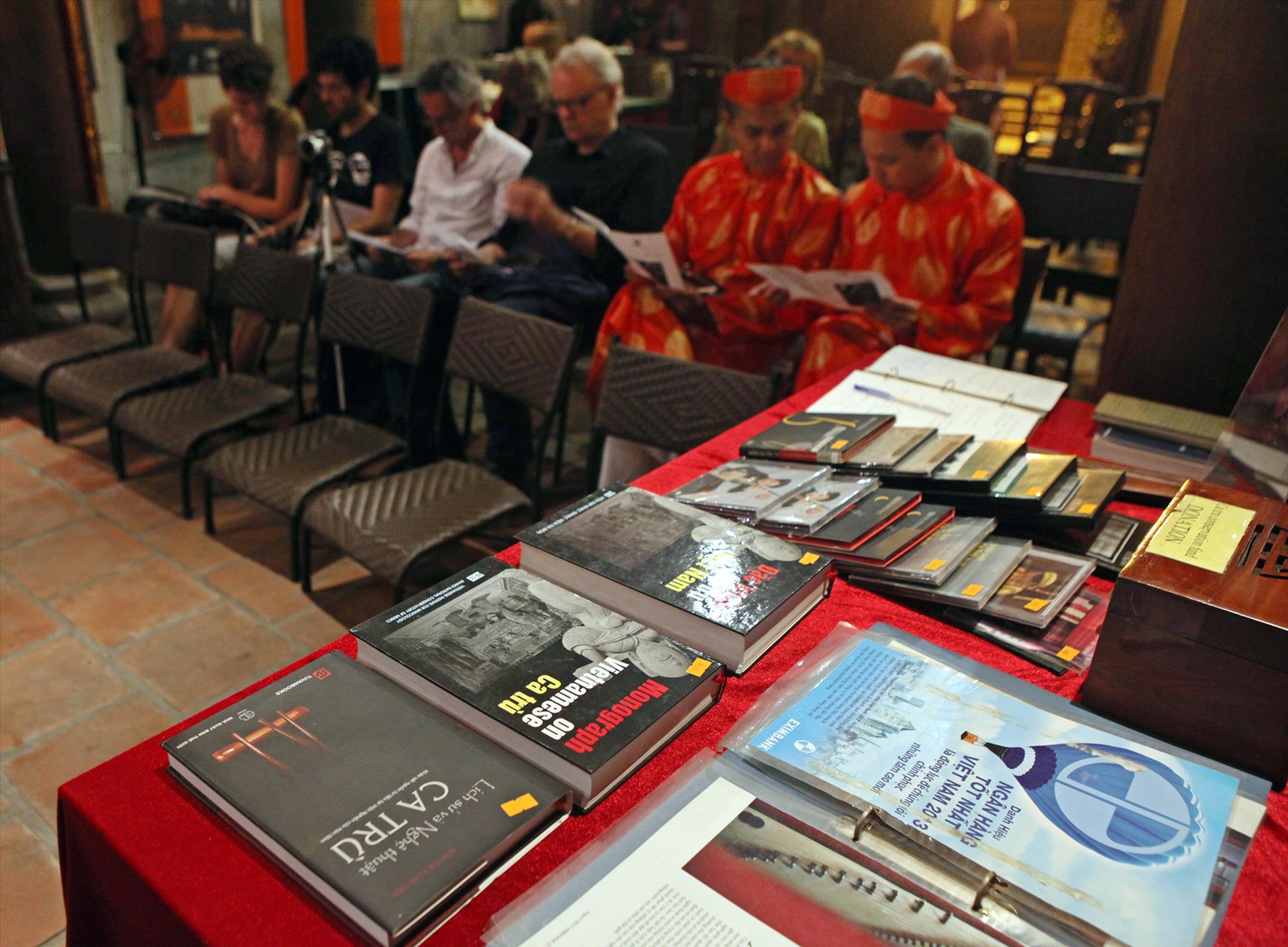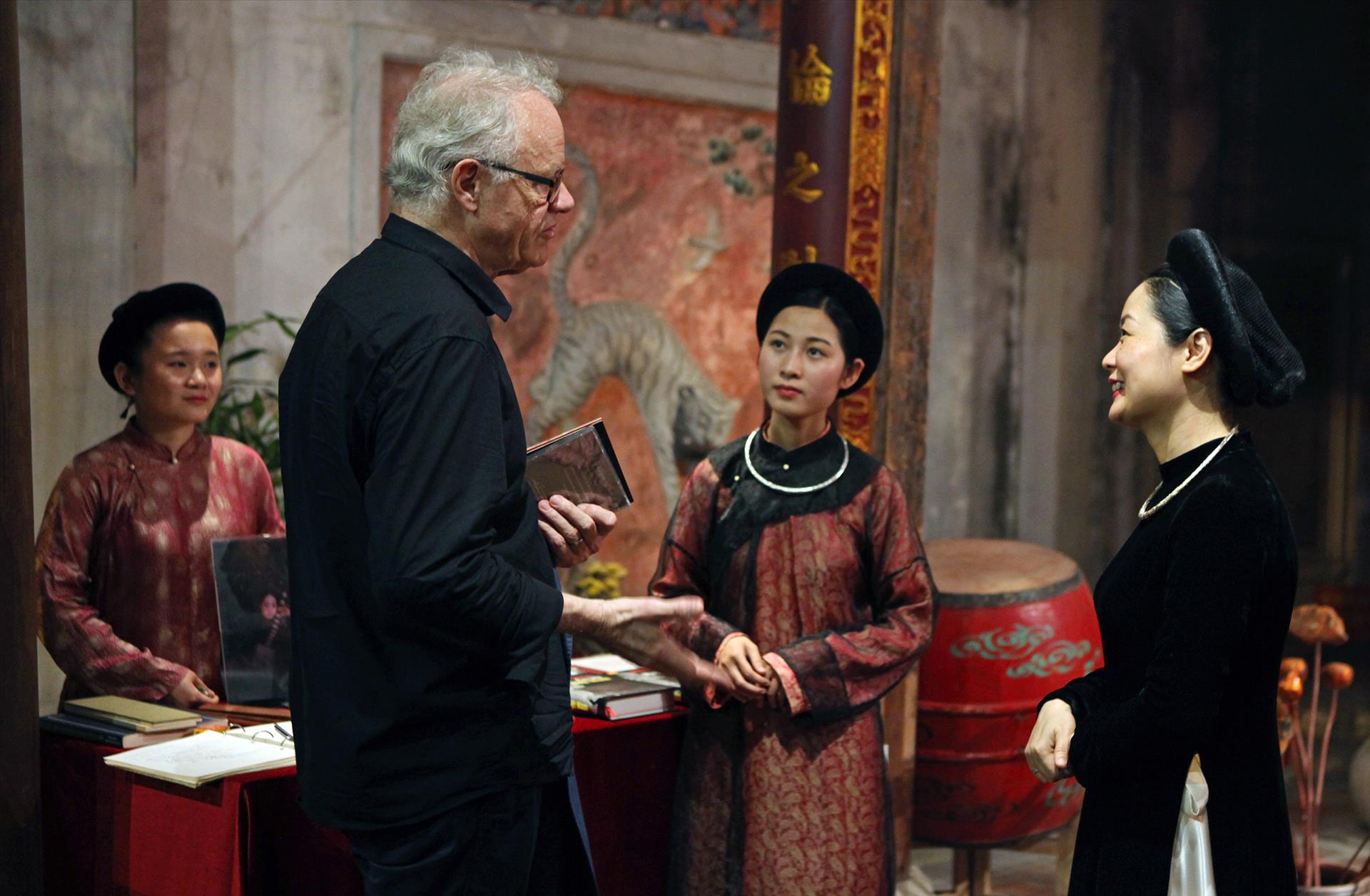Ca Tru - The "Chamber Music" Heritage of the Vietnamese People
13 years after it was recognized by UNESCO as an intangible cultural heritage in need of urgent safeguarding, Vietnam’s Ca tru (ceremonial singing) has overcome many difficulties and challenges to affirm its strong vitality. The special traditional music has been strongly revived, attracting special attention from young people, and there are now more and more Ca tru clubs being established in Vietnam.
Ca tru's Scholarly Imprint
Ca tru is a traditional and unique art form in the north of Vietnam. It holds significance in many rituals, belief practices, literature and other traditions that embodied the spiritual and philosophical system of the Vietnamese people. In different regions, Ca tru singing has different names such as a dao, co dau and nha tro. No one knows exactly when it was founded, except for the fact that the music genre flourished in the 15th century.
Ca tru was associated with the activities of guilds and groups of singers and was often performed in cultural activities in the village and commune community, such as ceremonies worshiping the village tutelary god in communal houses, or in temples, shrines, professional ancestor worshipping houses and singing houses.
Later, it was performed at diplomatic receptions and ceremonies in royal places and loved by the nobility and intellectuals.
Ca tru has a rich and diverse singing style and songs are mainly from poetic forms of the Vietnamese people. However, the most popular is still “hat noi” (recital melody), a liberal and literary style. Ca tru's words and lyrics are meaningful, poetic, emotional, and profound. The words are from romantic, epic, philosophic and teaching genres. Therefore, in Ca tru singing, the lyricists, “ca nuong” or “dao” (female vocalists), “kep dan” (male lute players) and “quan vien” (drummers) are usually writers, intellectuals or talented people in poetry and music.
Ca tru, also known as a dao, cua dinh, cua quyen, co dau, nha to, nha tro, ca cong, is an art genre imbued with “chamber” elements with the clever combination of poetry, music, and sometimes even dance and acting.
A band of Ca tru singing consists of three performers, including a female vocalist who is both beautiful and good at singing, a male flute player and a male drummer. The three of them wear Vietnamese traditional “ao dai” during the performance The well-trained lyricist sings Ca tru songs with a delicate, virtuoso and refined vocal technique whileplaying “phach” (castanets - a couple of small wooden sticks and a piece of bamboo to beat the sticks on for the beat).
The “kep dan” assists her by playing a “dan day” (a three-stringed lute) to produce deep melodious,humming, riffing tunes in harmony with the voice of the singer. The “quan vien” is often an expert in music, vocals and dance. He is assigned to beat the “chau” drum to express his feeling of praise, disapproval, reward or punishment when listening to the singer and performance of the instrumentalist. If he beats the “chau” drum once, it means “praise”. If he beats the drum twice, thismeans “disapproval”. Therefore, the drum beats clearly show the level of the “quan vien” as well as the talent of the performers.
Attending a Ca tru performance, one can see not only the talent and elegance but also the sense of luxury and nobility, just like the rituals of traditional Japanese Geishas and dramatic performances of Western operas.
Although it is considered a scholarly art form with great influence in the traditional music of Vietnam, Ca tru also experienced difficult periods in history. It was even, at times, in danger of falling into oblivion. Therefore, in 2009, Ca tru was inscribed on the list of an Intangible Cultural Heritage in need of urgent safeguarding by UNESCO. Since then, thanks to the joint efforts of the state authorities and international organizations, and especially the support from artists and Ca tru lovers, this art form has been strongly revived.
Reviving Ca Tru
On February 23, 2020 - the Ca tru founder’s commemoration day, Google honored Vietnam’s Ca tru by featuring an image of artists performing it.
In its introduction under the bright color picture showing three Ca tru artists, Google said that Ca tru is a traditional music genre that was once most favored in Vietnam. Ca tru singing itself originally used to be a form of entertainment for the royal court, wealthy people and scholars in feudal times, then gradually penetrated into the life of Hanoi's citizens. The preservation of Ca tru is very difficult due to the fact that it is passed on from generation to generation in the oral tradition. Luckily, the genre has been revived thanks to the joint efforts of state institutions and international agencies.
According to recent survey results, Ca tru has now had a strong recovery in both scale and quality in many localities across the country. According to incomplete statistics of researchers, in 2010 there were about 63 Ca tru clubs nationwide with about 769 members (including 513 “ca nuong”, 256 “kep dan” and “chau” drum performers). These clubs operate regularly and have a plan to practice and pass on the profession to the next generations.
In addition, the Vietnam National Academy of Music (VNAM) is also storing 7 Ca tru dances, 42 Ca tru repertoires, 26 materials of Han nom (sino-Vietnamese) on Ca tru and about 25 books written about Ca tru. This is a valuable resource that is very useful for the research, conservation and development of Ca tru by authorities and researchers. Hanoi is considered the cradle of Ca tru and is also the leading locality in terms of organization, research and numbers of talented artists. Hanoi had only nine Ca tru clubs in 2009, but now the number has reached 16. There are 50 members who are capable of teaching and 220 practitioners.
Ca tru is found in 14 provinces and cities nationwide, including Hanoi, Phu Tho, Vinh Phuc, Bac Ninh, Hai Duong, Hung Yen, Hai Phong, Thai Binh, Nam Dinh, Thanh Hoa, Nghe An, Ha Tinh, Quang Binh and Ho Chi Minh City.
Ca tru in Hanoi has not only grown in the number of clubs but also developed in terms of quality of organization, training and performance. The clubs have researched and restored the performances of more than 30 songs and melodies, performance rituals and ancient dances. There are also 18 new songs composed to perform for domestic and foreign tourists.
In the past, the clubs did not use specific venues for performances, and their performances were not regular, but now there are more spaces, schedules and regular teaching schedules during the month. For example, Bich Cau Dao Quan, Quan De Temple and Kim Ngan Communal House are places for Ca tru that operate weekly, attracting a large number of locals and tourists.
Some famous Ca tru clubs in Hanoi include Hanoi Ca tru club (performing at Kim Ngan communal house, Hoan Kiem district), Thai Ha Ca tru club (27 Thuy Khue, Tay Ho district), Lo Khe Ca tru club (Dong Anh district), Dong Chu Ca tru club (Chuong My district), Ngai Cau Ca tru club (Hoai Duc district), Chanh Thon Ca tru club (Phu Xuyen district)…
Notably, Thai Ha Ca tru, one of the most famous guilds in the imperial citadel of Thang Long-Hanoi, has had seven generations practicing and teaching Ca tru. Since its establishment, the club has had many activities to revive Ca tru by regularly organizing performances at many places and at special cultural events.
The club is funded by the Ford Foundation and the Department of Performing Arts to teach Ca tru to nearly 30 local Ca tru clubs. Many foreigners from the UK, France and the US also come to learn to sing or learn about the art.
It is believed that after a rain comes sunshine. Therefore, after overcoming many hardships, challenges, and even negative prejudices of society, Vietnam's Ca tru has gradually passed through a difficult time to return to the public with its own unique features With such a strong vitality, Ca tru is expected to be soon removed from UNESCO’s urgent protection list and develop sustainably, further glorifying the music of the people and country of Vietnam.
Story: Thao Vy/VNP Photo: Cong Dat, Tat Son & Files Translated by Song An
